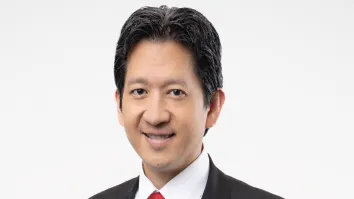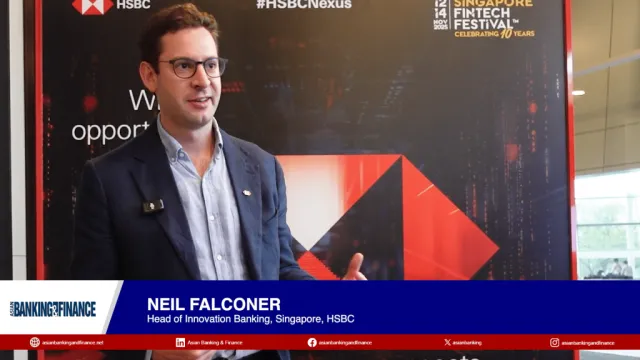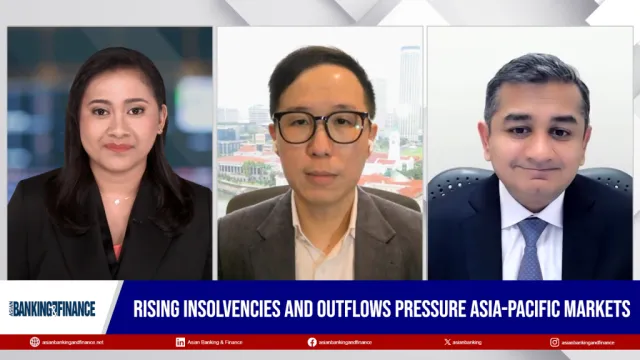
How algorithmic trading is accelerating the IT Infrastructure arms race
By Brandon Lee The next generation of cross-border electronic trading is gaining strong traction over the past few years in the global financial markets. Ironically, in some Asian markets, it can take seconds to execute an equities order. For algorithmic traders who use sophisticated algorithms to trade thousands of shares in mere milliseconds, any slowdown in the transactions can mean loss instead of profit. The spilt second is where traders’ enormous opportunities lie.In other words, slow trading speedscan be seen asthe result of hidden transaction costs. Yet, if financial institutions can deliver high speed capabilities while keeping costs down, they can gain a valuable competitive edge while elevating their game.
High Frequency Trading (HFT) involves the use of computerized algorithms to generate short-term trading signals with a very short risk-holding period.In 2010, HFT accounts for 70% of the turnover of equity markets and over 50% of U.S. equity trade volume. In Asia, HFT drives 40% of market trading activity in Tokyo and around 10% to 30% in Asia Pacific.
So what has been holding Asia’s financial markets back over the past few years? State regulations, opposition from entrenched interests and the lack of critical IT infrastructure are some of the key reasons. The current IT infrastructure of many financial exchanges and financial service institutions in Asia is to be enhanced to meet the anticipated demands for micro-second transactions.Many Asian financial institutions are wising up to this fact – local and regional investors, hedge fund managers and investment banks are exploring all possible means to step up for the IT arms race. Now, IT infrastructure has been widely regarded as a necessity to capture this spilt second advantage and compete with its peers.
For most algorithmic traders, HFT means the need for high performance for cross-border electronic transactions. How can financial institutions improve their connections to key Asian financial markets? This calls for a new generation of sophisticated Financial Data Centres that provides proximity advantages and ultra-low latency solution.
Proximity advantages, as the name suggested, means proximity to the financial exchange. In Hong Kong, for instance, the first Financial Data Centre, to be completed in 2013, is built next to the Hong Kong Exchange’s next generation data centre in Tseung Kwan O.This physical proximity of the trading systems will significantly matter on the latency networks.
A financial grade data centre should be able to provide comprehensive ultra-low latency network environment that acceleratesspeed of data transmission and electronic transaction, from within the data centre, to the local exchange and to other financial hubs. Intra-data centre cross connectivity will provide the shortest possible and most cost-effective data paths among all the financial institutions, including buyers, sellers and data providers housed inside the Financial Data Centre.
Beyond the local proximity to the financial exchange, the connectivity to global exchanges is also important to remain competitive in the global market. Whether the data centre can provide short, direct and high capacity network to major financial hubs is the key. Such kind of ultra-low latency “superhighway” provides a foundation for financial services institutions to compete with international peers, enhance global competitiveness and grow.Taking Hong Kong’s new Financial Data Centre as an example, being the cable landing station of the ultra-low latency network Asia Submarine-cable Express, the Financial Data Centre can provide speedy connections among the three financial hubs in Hong Kong, Singapore and Tokyo with shortened network route. That connection is further extended to the U.S. with PC-1, the undersea cable that offers the shortest route between the U.S. and Japan.
The tipping point of Asian algorithmic trading is just around the corner. To complete and differentiate in the split-second game, many forward-looking financial service institutions have already started to plan their critical IT infrastructure upgrades in full swing. Have you?
Brandon Lee, Chief Strategy Officer, NTT Com Asia



















 Advertise
Advertise










